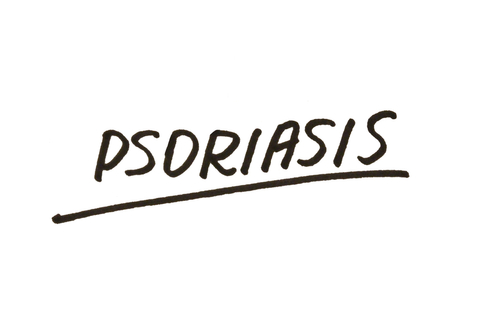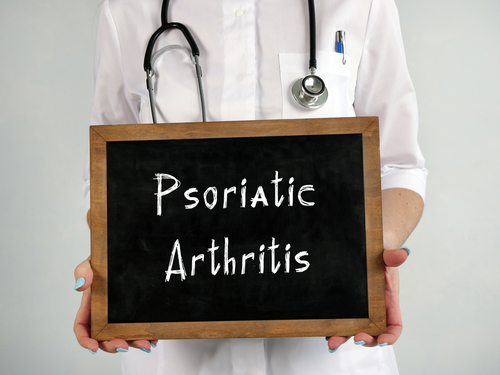
A post hoc analysis of the phase 3 DISCOVER-2 trial found that treatment with guselkumab provided a durable therapeutic benefit to patients with psoriatic arthritis (PsA) through 2 years. The findings were published in RMD Open.
The trial enrolled 493 biologic/Janus kinase inhibitor-naïve patients with active PsA, defined as ≥5 swollen joints, ≥5 tender joints, and C-reactive protein ≥0.6 mg/dL. Patients were randomized 1:1:1 to guselkumab 100 mg every 4 or 8 weeks or to a placebo with crossover to guselkumab. For the post hoc analysis, efficacy was evaluated using Group for Research and Assessment of Psoriasis and Psoriatic Arthritis-recognized domains:
- Peripheral arthritis (66-joint Swollen Joint Count, 68-joint Tender Joint Count)
- Axial symptoms (patient-reported spinal pain and Bath Ankylosing Spondylitis Disease Activity Index Question 2)
- Enthesitis (Leeds Enthesitis Index)
- Dactylitis (Dactylitis Severity Score)
- Skin psoriasis (Psoriasis Area and Severity Index [PASI], Investigator’s Global Assessment of Psoriasis, Patient’s Assessment of Skin Disease on a Visual Analogue Scale)
Of the original study cohort, 90% completed treatment through week 100. The authors reported substantial improvements were observed for all end points at week 8 in patients who received guselkumab, with the exception of PASI, which was only evaluated starting at week 16. PASI significantly improved starting at week 16 of treatment. Improvement in all assessed PsA domains was maintained through week 100.
Through week 112, no patients randomized to guselkumab developed irritable bowel syndrome (IBD), and no patients with baseline IBD had their condition exacerbated due to treatment. One patient developed uveitis at week 70; this condition resolved with treatment using steroidal and nonsteroidal anti-inflammatory drugs.
“Regardless of guselkumab dosing regimen, considerable proportions of patients achieved disease control across domains at week 100. Specifically, approximately 60% of guselkumab-randomised patients reached low levels of joint disease activity,” the authors wrote. They also pointed to the high retention rate of guselkumab as supporting a “durable positive risk-benefit profile” for this medication.
Follow us on Twitter/X for more informative content: @mydocwire







 © 2025 Mashup Media, LLC, a Formedics Property. All Rights Reserved.
© 2025 Mashup Media, LLC, a Formedics Property. All Rights Reserved.